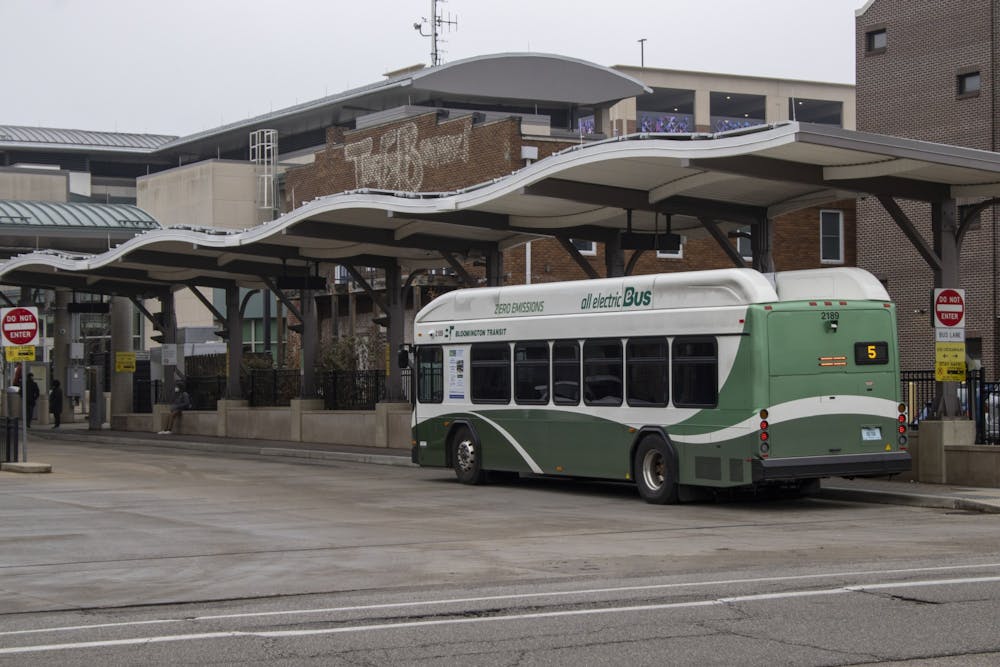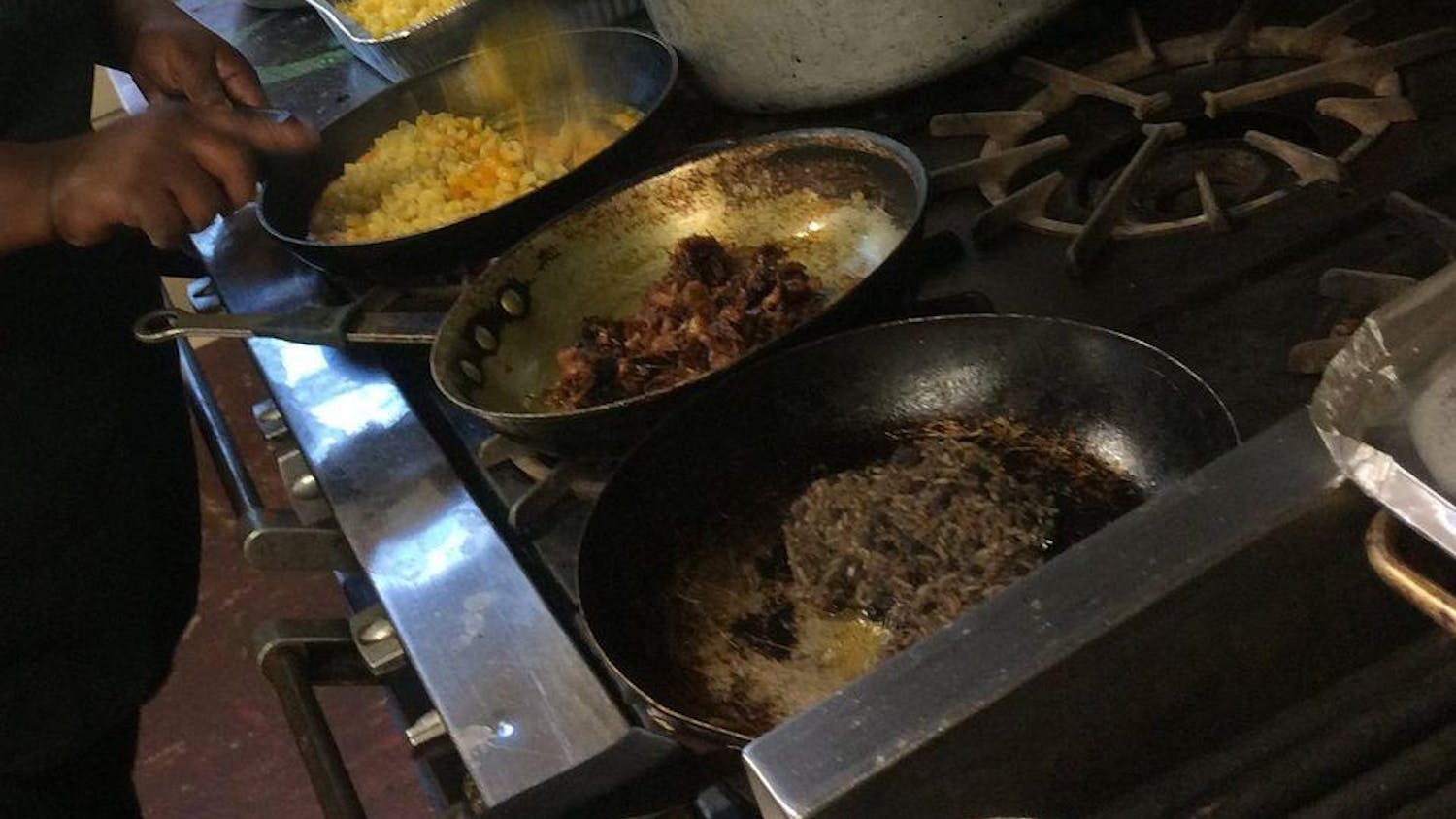When I got back from New York City after Thanksgiving break, my feet hurt.
It wasn’t just because I was walking across the city for six hours every day. As I explored the city, I noticed why my feet ached so badly — there was nowhere to sit.
As my trip drew to a close, my friends and I found ourselves in the Oculus, a huge shopping mall and train station just across the street from the One World Trade Center. As we stood in the vacuous, nearly-barren bottom level of the building, we remarked this would have been the perfect spot for some benches or tables where we could eat our gelato. Despite the Oculus costing an estimated $4 billion, no one had thought to put in chairs.
I realized there that it wasn’t just that someone had forgotten. The lack of seating in the Oculus — and everywhere else in the city — was a deliberate form of malicious urban planning called hostile architecture.
Hostile architecture is a design plan that discourages unwanted behavior. Typically, hostile architecture is specifically targeted against unhoused people. Designers will place “armrests” in the middle of benches to prevent people laying down or fill former camping spots with boulders or planters. Mostly, hostile architecture prevents the public from using public amenities.
[Related: GUEST COLUMN: How IU students can help the Bloomington community strengthen housing security]
This design also hides essential services behind paywalls. Most of us have probably encountered a store or restaurant that only offers their bathrooms to paying customers. In many places, public, free restrooms are few and far between, specifically to prevent unhoused people from using them.
Hostile architecture takes away hospitable, free places for underprivileged people to relax. Especially in cold winter months, these places are essential. It also makes public spaces unwelcoming and unpleasant. Ideally, urban planning should work for — not against — the people who live with it.
This form of design harms every single member of the public. For houseless people, it deprives them of a comfortable place to sleep, eat or relax. For physically disabled people, lack of accessible places to rest can be harmful. And for everyone else, it’s just uncomfortable.
Though the issue of hostile architecture is most prevalent in large cities, it still lurks in Bloomington. To be fair, the nature of a large college campus provides plenty of places to fill up water bottles, sit down and warm up. But issues persist.
For one, many of the bus stops provide no shelter or benches. Though there are a few scattered around that do, many simply consist of signposts that state which buses stop there. If you’ve walked up 10th Street in the mid-afternoon, you’ve probably seen the crowds of commuters blocking the sidewalk waiting for the bus.
[Related: Black Voices: There is an infrastructure crisis happening, and everyone is silent about it]
This lack of accommodation may be innocent in nature — in several places, it would be time-consuming and difficult to craft a spot for a bus shelter. However, not providing reliable places to wait for public transportation hurts everyone, whether they’re an average student, a disabled person or a houseless community member.
Even though Bloomington fails at some points, it also succeeds at others. The majority of benches are even and accessible to all. Along with this, many areas are extremely walkable. Though major cities function much differently compared to Bloomington, the town is still a good showcase on how non-hostile architecture can triumph.
Ultimately, hostile architecture is an inhumane way of thinking of one another. It addresses the symptoms of the problem, not the cause. Rather than punishing disadvantaged people for just trying to exist, providing more support, free or reduced-cost housing and harm reduction programs will actually fix the issues hostile architecture tries to paint over.
As I left New York, I couldn’t help but think about the people in the city I was leaving behind. At the end of the day, I had a house to go back to. I can’t imagine how much my feet would have hurt if I hadn’t.
Danny William (they/them) is a freshman studying media.






